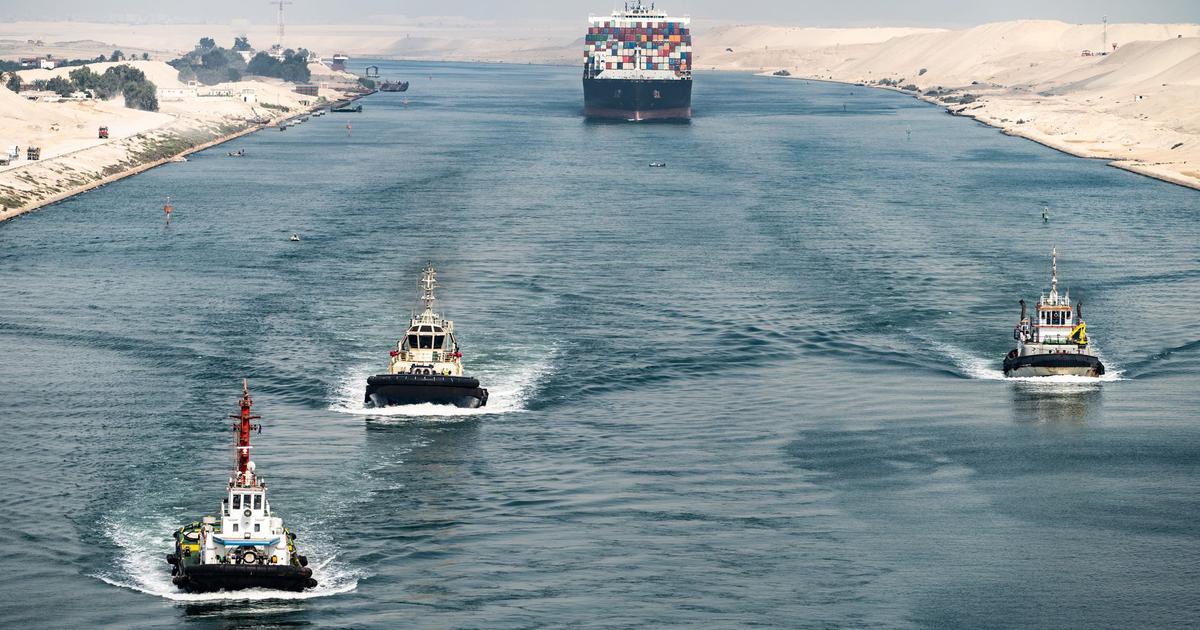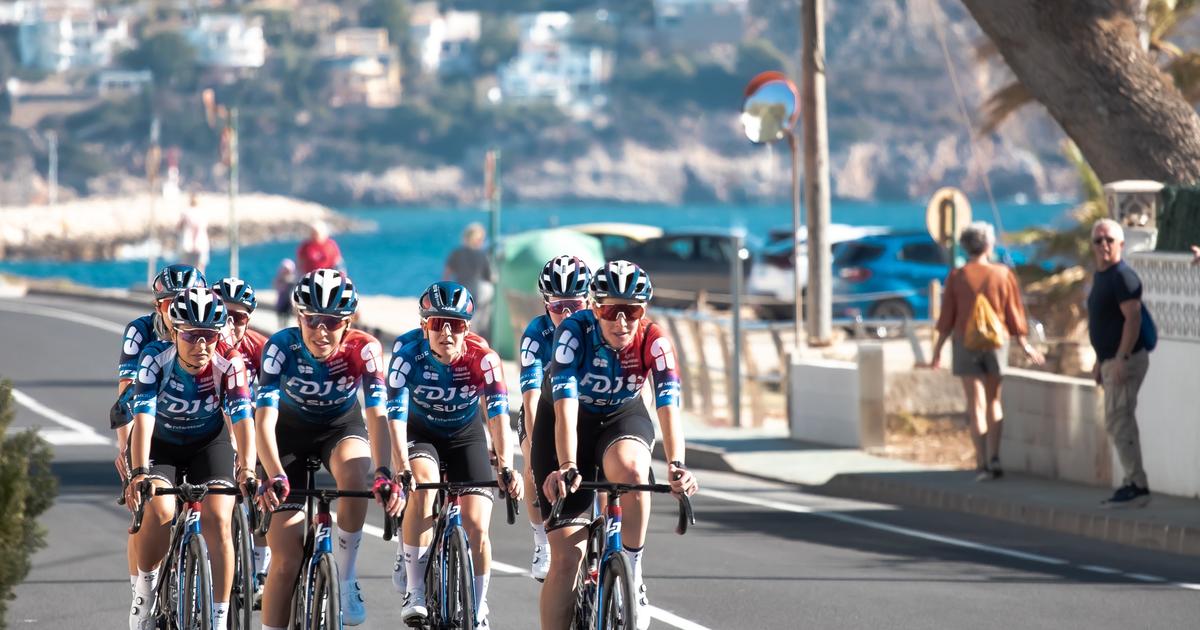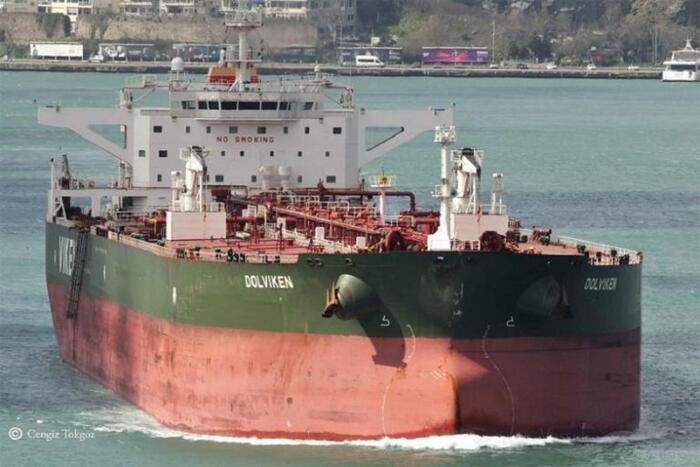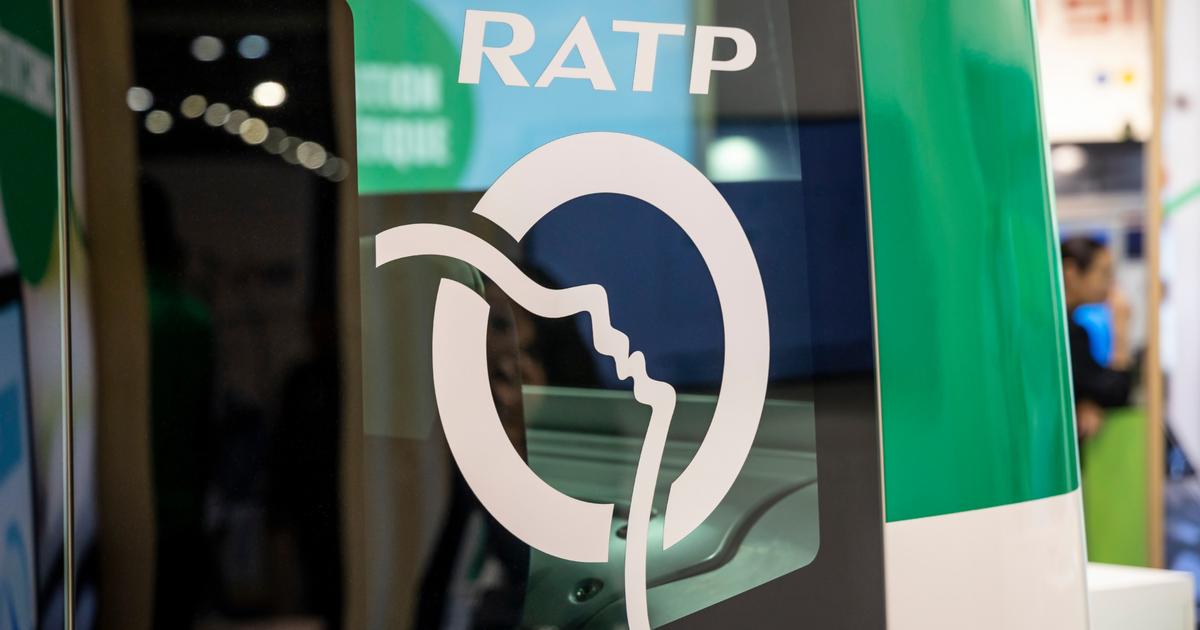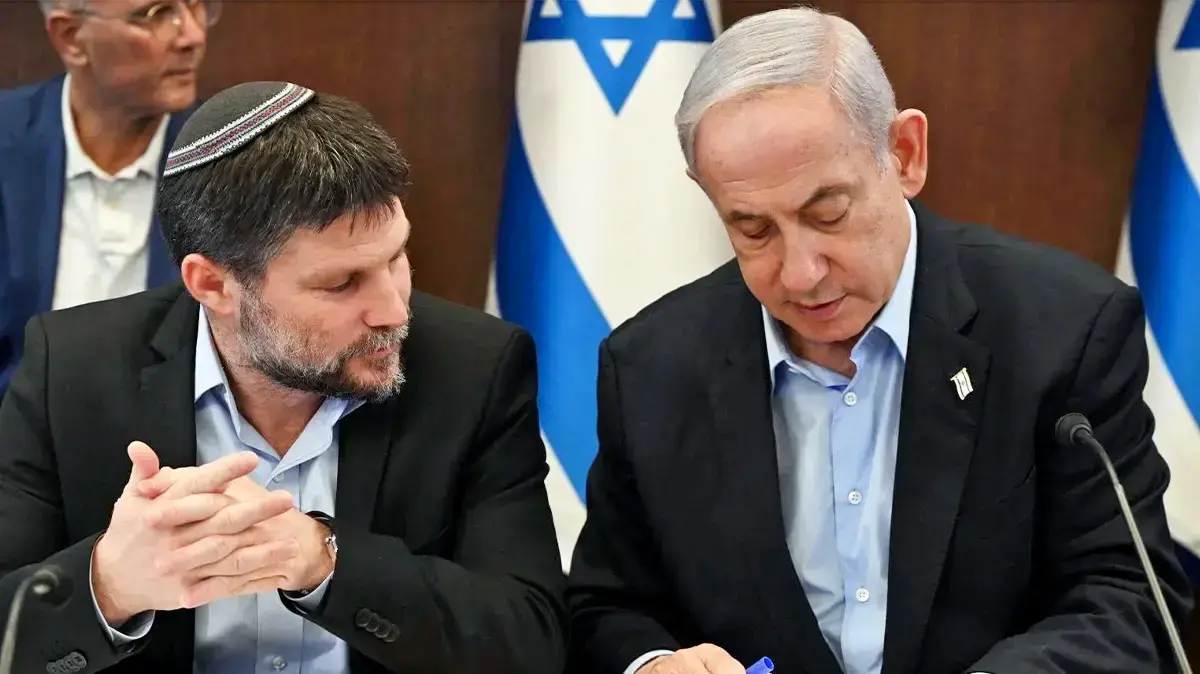A short distance from the point in the Suez Canal where the Ever Given
mega-container ship ran aground in March 2021
- blocking one of the most important arteries for world shipping for six days - stand imposingly the two largest dredgers in the Middle East and Africa.
With a dredging capacity of up to 3,600 cubic meters per hour, even in the rocky soils that characterize this southern section of the road, the Mohab Mamish and the Hussein Tantawi are now at the forefront of the last great challenge in this place: a macro project to expand the main waterway between Europe and Asia.
The purpose of the Egyptian authorities was to start the project in January, but the doses of euphoria injected by the
Ever Given
rescue accelerated their program.
Since the end of June, the Suez Canal Authority (ACS) has been working around the clock to widen and deepen the southern section of the canal, and to lengthen a second canal built in 2014 that flows parallel along a third of the historic canal.
The objective of the project, which is scheduled to end in mid-2023, is to increase the reception capacity for ships without affecting the transit time through the canal, through which more than 10% of world trade circulates, according to the ACS.
Commanding this project is one of Egypt's most prominent figures: Admiral Osama Rabie.
The ACS managed to close 2021 with unprecedented revenue despite the
Ever Given
incident and the unprecedented disruption of the pandemic in world trade.
The figures earned Rabie last year as one of the top 10 CEOs in the Middle East by Forbes magazine.
And more importantly, they seem to have reinforced the trust placed in him by the Egyptian president, Abdelfatá al-Sisi.
“Last year we reached 6.3 billion dollars, the highest income in the history of the channel.
And that was by the grace of God and thanks to the new Suez Canal,” says Rabie in a conversation with Business aboard the dredger Mohab Mamish.
The macro project, closely supervised by Rabie, starts only seven years after Egypt completed the construction of the 35-kilometre canal that runs parallel to the historic canal in record time.
The objective of the work was to almost double its capacity to accommodate ships, reduce transit time by 40% and multiply revenue by 2.5, which represents a key source of foreign currency for state coffers.
What was Al Sisi's first macro project after taking power in 2013 was surrounded by criticism from those who saw it as a form of propaganda.
And it didn't help that in the years after its inauguration, not only did the expected income not reach, but its profits decreased.
But this trend began to turn in 2019.
“Thanks to the new Suez Canal we have been able to increase the daily average number of ships in transit: before it ranged between 42 and 45;
today the daily average number of ships has increased to 65,” defends the admiral.
“Furthermore, the increased draft of the canal allows it to accommodate ships of up to 17 meters.
An example is the
Ever Ace
, one of the largest ships in the world.
Thanks to the new channel we can receive it, ”he adds.
Reaching these figures, particularly in the last two years, has not been easy.
First came the shock to international trade caused by the pandemic, which forced the canal authority to undertake an aggressive
marketing
policy that allowed the canal to even slightly increase its traffic in 2020, when maritime trade contracted by 3.8%. according to the UN trade agency.
Then, in March 2021, the Ever Given
incident occurred.
.
While he was stranded, Rabie noted that his entity was suffering losses of about 13 million euros a day.
Some ships even began to divert to the Cape of Good Hope in doubt whether the ship could be refloated quickly, something that was finally achieved with a major rescue operation.
And despite both crises, the channel broke records.
“During the
Ever Given
incident we had 422 ships waiting in the south and north, and it was thanks to the new Suez Canal and the increasing accommodation capacity of the lane that we were able to accommodate more than 100 ships a day [to unclog the funnel ],” says Rabie.
This performance offered the admiral greater scope to accelerate the expansion plans of the channel, divided into two phases.
The first includes widening 40 meters and increasing the depth from 66 to 72 feet of the section that connects the south entrance of the road, in the city of Suez, with the first of the two lakes in the middle of the road, and which was where it ran aground. the
EverGiven
.
The second includes expanding the new canal by 10 kilometers.
Rabie believes the project will improve canal navigation, increase its safety standards and increase its capacity by six vessels without adding transit time.
Increasing the depth of the lane seeks to attract even larger ships, but this will still have to wait because the entire lane will have to be leveled to the same draft, a work for which there is no date.
Due to the seemingly hasty announcement of the project, the plans have once again raised questions about their necessity, profitability and the channel's ability to continue growing.
Rabie, however, insists that the plan is an independent and safe bet.
“Not only do we execute projects to necessarily obtain more income, but also to offer better services;
this is the main objective ”, he slides.
The budget, he adds,
war impact
Rabie will also have to manage the effects that the war in Ukraine has on Egypt, which, on the one hand, could cause a drop in ship traffic from the Black Sea and, on the other, increases the pressure on the serious liquidity problems suffered by the Cairo, making channel revenue more crucial than ever.
In this sense, the ACS recently announced an unexpected increase in its transit rates of between 5% and 10% as of March 1, only one month after raising the toll by 6%.
“The decision to increase rates occurs in a context of rising prices of raw materials globally, and it is likely that it was taken into account because the channel has operating costs.
But as the profit margin of exporters of raw materials, such as fuels, also rises,
At the same time, the channel is in the process of establishing an ambitious sovereign wealth fund that would give the ACS great independence and make it an even more strategic entity.
The objective, as Rabie explains, is to be able to deal with development plans, crises or emergencies in a more autonomous way in the future, since until now all its income went to the public treasury and its budget was allocated by the State.

/cloudfront-eu-central-1.images.arcpublishing.com/prisa/AAMB6HQLNBFMFOIYBUS2KDZDMM.jpg)
